Patients who desire breast reduction are usually bothered by a sense of disproportion due to their large breast size and a host of symptoms such as back and neck pain, chest heaviness, shoulder pain or deep bra strap indentations. They may also experience difficulty exercising or being fitted for clothing or lingerie and may feel self-conscious due to their breast size. Breast reduction may alleviate all of these symptoms and lead to increased self-esteem and self-confidence in one’s appearance.
Since patients achieve both cosmetic and functional improvement through breast reduction, the procedure may be covered by insurance in many cases. Most insurance companies require that approximately three quarters of a pound of breast tissue be removed from each side during surgery in order to be considered functional rather than cosmetic in nature (in other words, more of a breast lift). If a patient requires less than the required amount to be removed, the procedure could be denied as cosmetic.
Dr. Samuels and her anesthesia providers do not participate with insurance carriers for coverage of any procedure. However, we are happy to discount surgical fees where possible since many breast reduction patients wish us to provide this service. As a result, Dr. Samuels is a preferred provider and performs many breast reduction cases a year, in which out-of-pocket fees to the patient may be only slightly higher than fees associated with in-network providers.
The best candidates for surgical breast reduction are women who feel that their breasts are out of proportion to their body frame and who experience symptoms of overly large or heavy breasts. If patients are planning significant weight loss, it’s best to proceed with surgical plans once you are close to your goal weight. If significant weight loss of more than ten to fifteen pounds is experienced after breast reduction surgery, the patient may note additional sagging or feel that the breasts are too small. If you are an active nicotine user, it is recommended that you discontinue it at least six weeks prior to and after your surgery to optimize wound healing and avoid unsightly scars.
Every year, thousands of women undergo successful breast reduction surgery, experience no major problems and are happy with the results. Significant complications from breast reduction are rare. Please be sure you understand what surgery involves including possible risks, complications and follow-up care.
Risks of breast reduction surgery include diminished sensitivity or permanent loss of sensation in the nipples or breast skin; irregularities or asymmetry in breast shape and size; areolas may appear uneven; irregularities or asymmetry in the shape and size of the breasts (this could occur as a result of the healing process and surgery might not successfully correct preexisting asymmetry). In rare cases, the blood supply to the nipple or areola is interrupted during surgery. This can damage breast tissue and lead to a partial or total loss of the nipple or areola. Rarely, poor healing can cause thick, wide scars or difficulty breastfeeding. In instances where incisions have healed poorly, revisionary surgery may be helpful.
Like any major surgery, breast reduction poses a risk of bleeding or infection or an adverse reaction to anesthesia. It’s also possible to have an allergic reaction to surgical tape or other materials used. You can help minimize risks by carefully following the advice and instructions of your surgeon, both before and after surgery. If you have any concerns about the risks involved with breast lift surgery, please consult our office.
After surgery, your breasts will be covered with gauze and a surgical support bra. Small tubes might be placed at incision sites to drain excess blood or fluid. You will be able to move normally; however, lifting, straining or strenuous exercise should be avoided until breasts have completely healed. You may be instructed to sleep on your back to avoid pressure on your breasts. Pain medication and antibiotics may be prescribed to help alleviate discomfort and reduce the risk of infection. Sexual activity should be limited during the two weeks after surgery.
Surgical drains are removed on the first post-operative day and dressing and wound care will be discussed and demonstrated. Sutures are removed around the areolae on the 12th-14th post-operative day, all other sutures being dissolvable. You will wear the post-reduction bra provided until suture removal day, and then will be instructed as to which support bra to purchase. Breasts will be normally swollen and slightly bruised for several weeks. You will experience mild discomfort and heat in the breast similar to the sensation that many women have after childbirth (“when the milk comes in”), and this will lessen quickly over 1-2 weeks. Incisions will remain red or pink for several months, however you will be given silicone sheeting scar products and scar gel to lessen their appearance beginning approximately 2 weeks after suture removal around the areolae. You may notice less sensation in the nipple and areola areas. Sensation loss is usually temporary but can take weeks, months or a year to return to normal. Your breasts may also require time to assume a more natural shape.
The breast reduction procedure leaves some scarring along incision sites. Though scars are permanent, they soften and become thin and white in one to two years. Scarring generally follow along the natural lines of the breast and can be hidden by bras and bathing suits. The extent of the scars depends largely on your body’s ability to heal. Scarring is usually more extensive in smokers. The results from a breast reduction should be long lasting. Once corrected, breasts should remain relatively stable assuming weight does not fluctuate greatly. Maintaining a stable, healthy weight can help you retain your results. Over time, skin inelasticity caused by aging and gravity may make another procedure necessary to retain the desired results.
Some of our younger patients with less loose skin may be served by liposuction to achieve breast reduction with fewer incisions. Older patients or those with more loose skin may require more incisions. Typically, incisions are concealed in the areolar border and lower pole of the breasts. At the time of your consultation, you’ll see pictures of other surgical patients to ensure that you feel that surgery is warranted for the results and shape you wish to achieve. Surgery is performed under a light general anesthetic in Dr. Samuels’ fully Quad A accredited in-suite operating room. Recovery time is approximately 10-14 days, although normal daily activities may be resumed immediately.
The procedure takes place in our office and is customized for each patient. During your consultation, you can view pictures of past surgical patients to see their outcomes and determine your ideal surgical results. We may use liposuction on younger patients who do not need excess skin removal and will thus require fewer incisions. Older patients with excess loose skin will require more incisions.
Surgical drains are removed on the first post-operative day and dressing and wound care will be discussed and demonstrated. Sutures are removed around the areolae on the 12th-14th post-operative day, all other sutures being dissolvable. You will wear the post-reduction bra provided until suture removal day, and then will be instructed as to which support bra to purchase. Breasts will be normally swollen and slightly bruised for several weeks. You will experience mild discomfort and heat in the breast similar to the sensation that many women have after childbirth (“when the milk comes in”), and this will lessen quickly over 1-2 weeks. Incisions will remain red or pink for several months, however you will be given silicone sheeting scar products and scar gel to lessen their appearance beginning approximately 2 weeks after suture removal around the areolae.
Incisions are concealed at the areolar border and in the lower pole of the breasts. After your procedure is over, you’ll be provided with a customized bra to wear following the procedure. Any drains are removed the day after your procedure. You will need to follow light wound-care directives for 12 to 14 days.
Breast reduction patients are fitted with a shaping bra immediately after surgery. Drains are removed in the office on the first post-operative day and light wound care is required for 12-14 days. Patients typically describe the sensation after breast reduction surgery as being similar to breast engorgement following a pregnancy, when one’s milk comes in. This is relieved by a short course of pain medication. Patients may resume normal daily activities immediately. Sutures are dissolvable except for those around the areolae (removed at 12-14 days). Breast reduction patients are some of the happiest patients we treat within as short a time as two weeks.

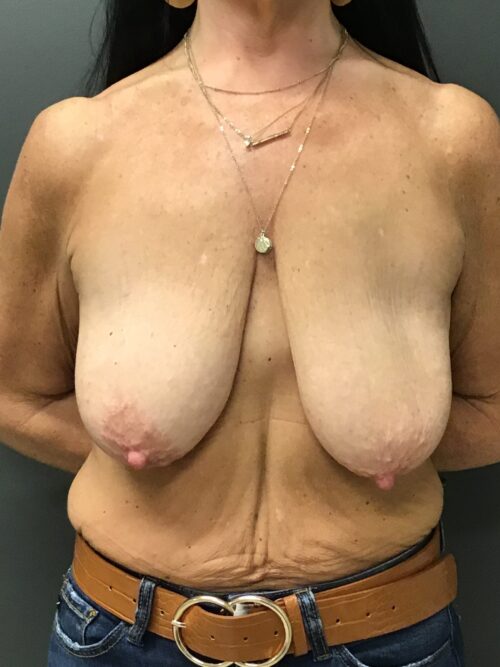
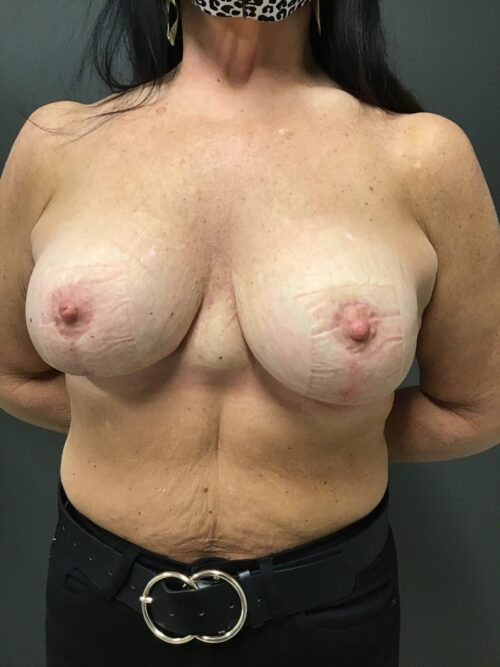

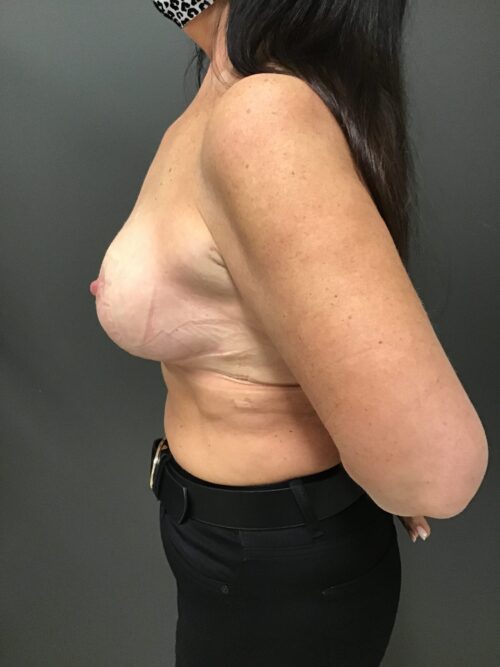
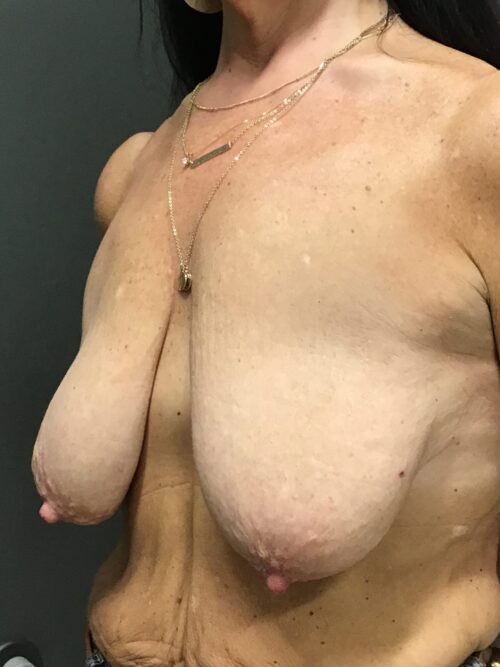


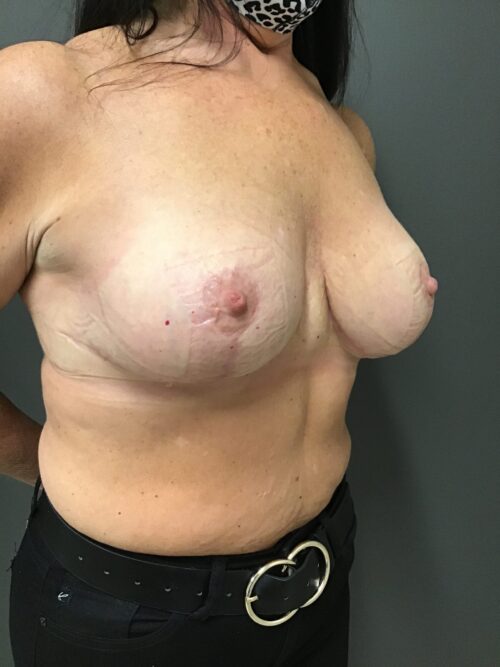
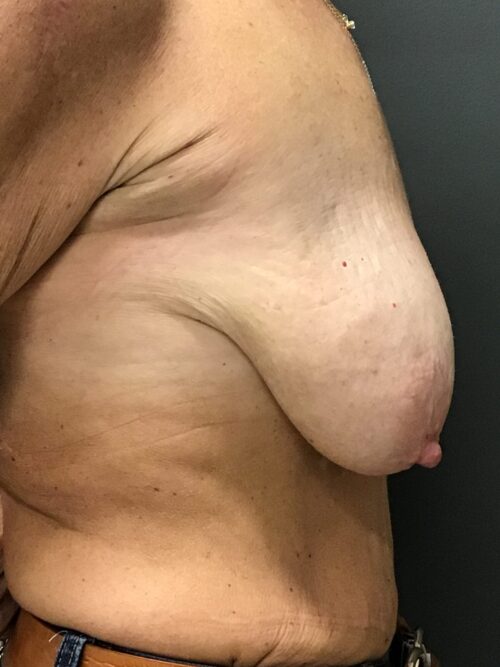
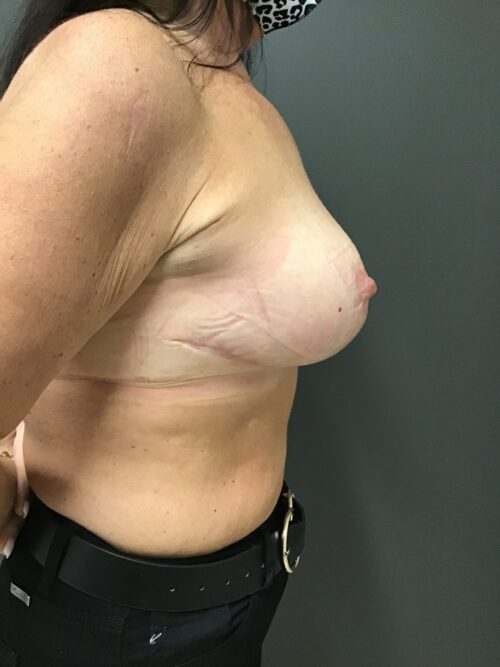
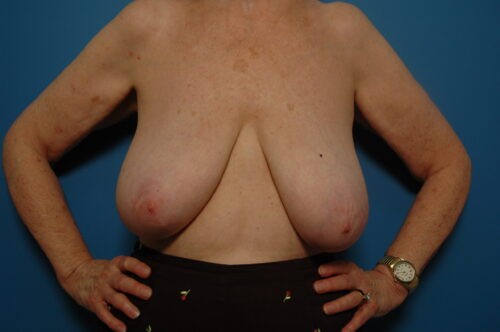
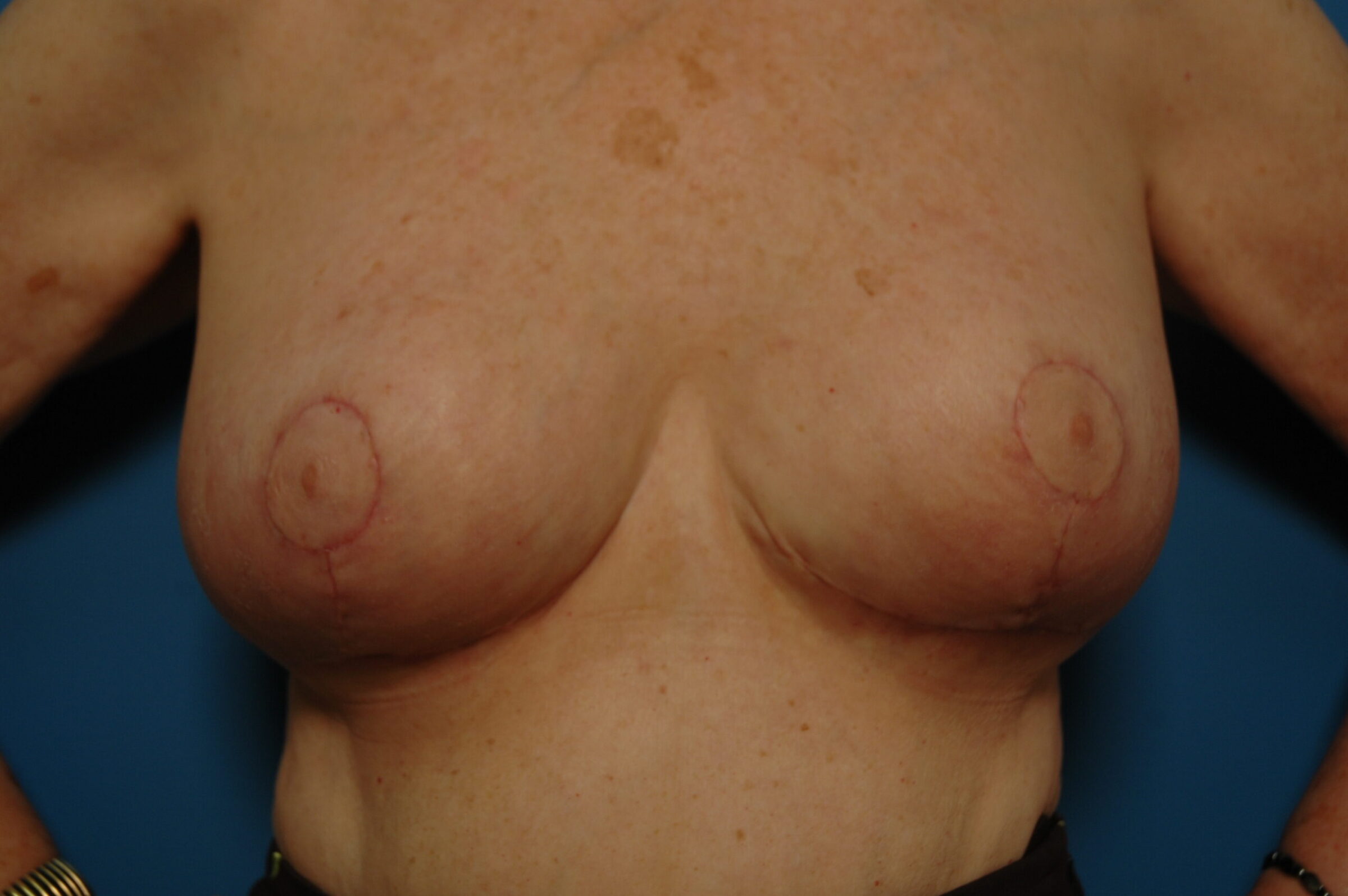
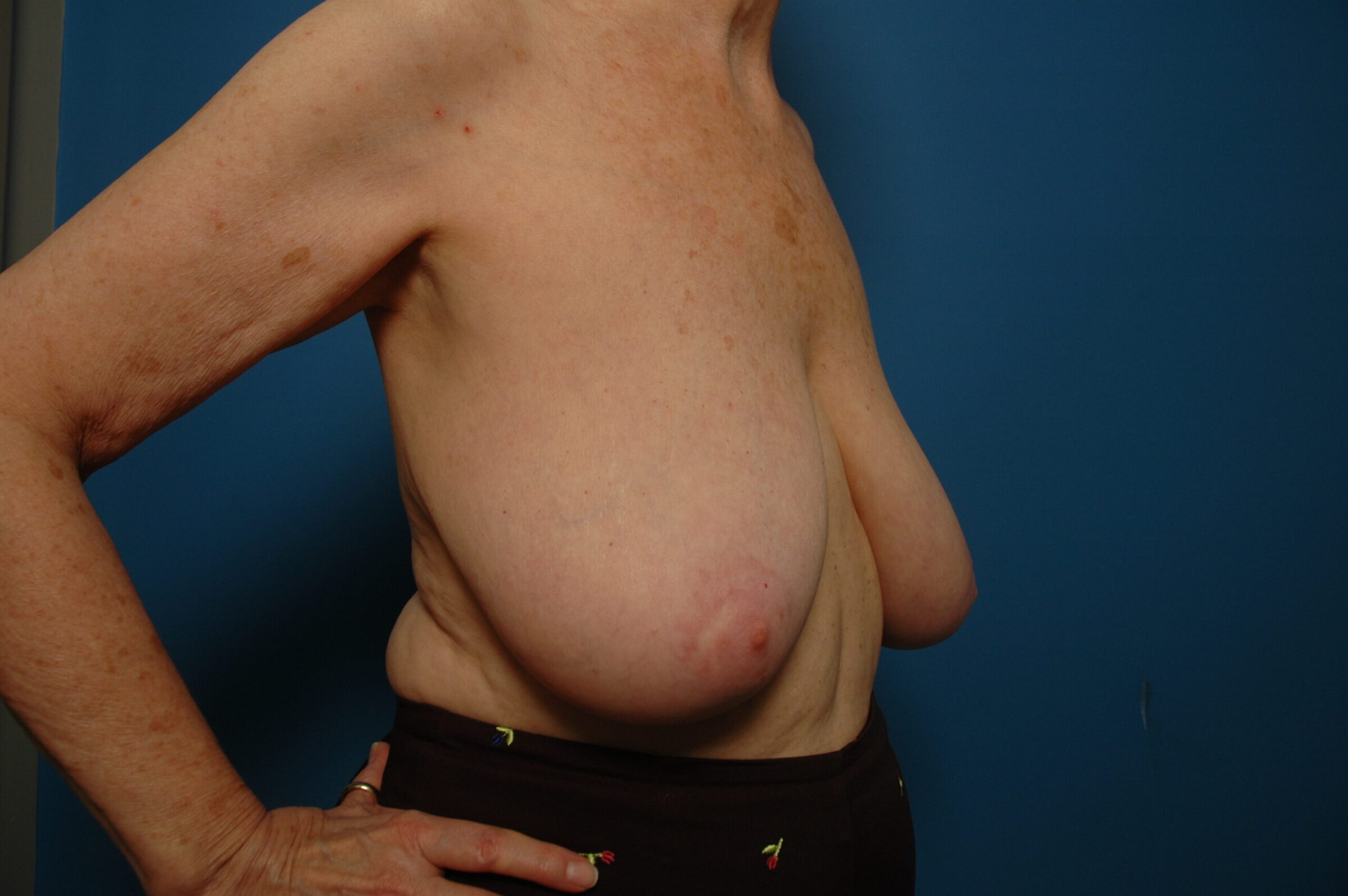
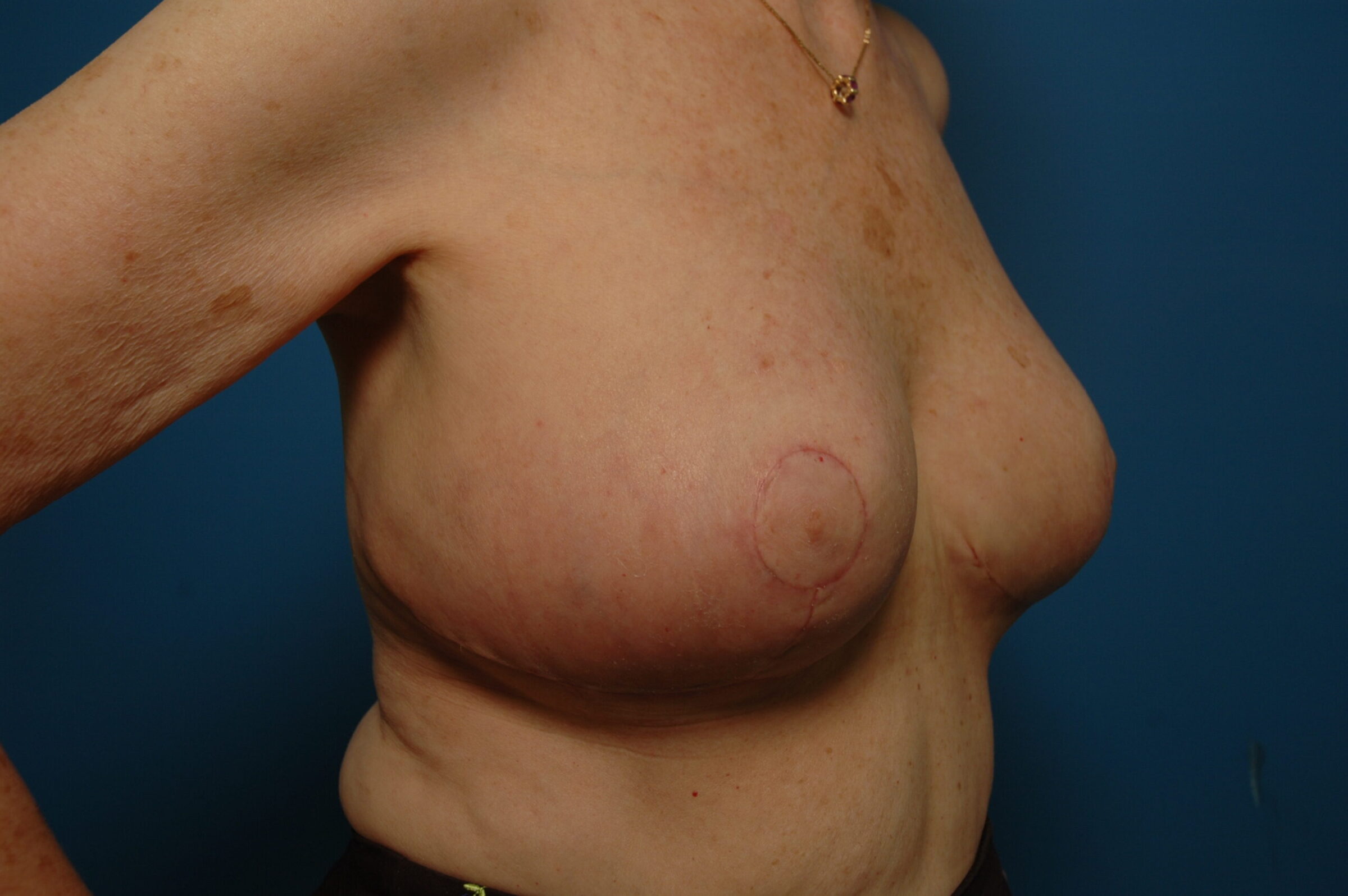
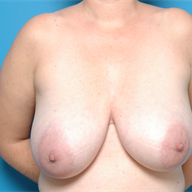



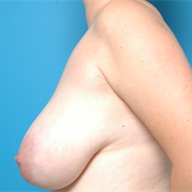
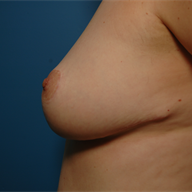

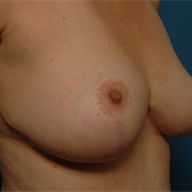
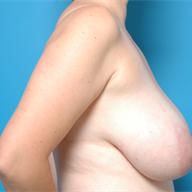
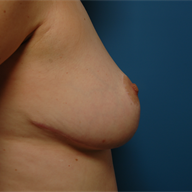
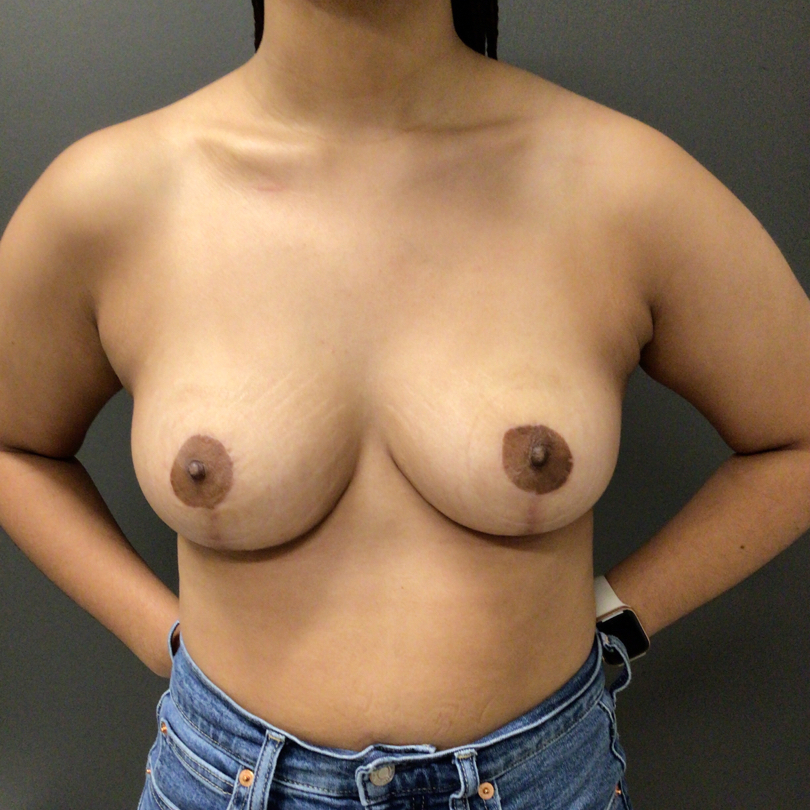

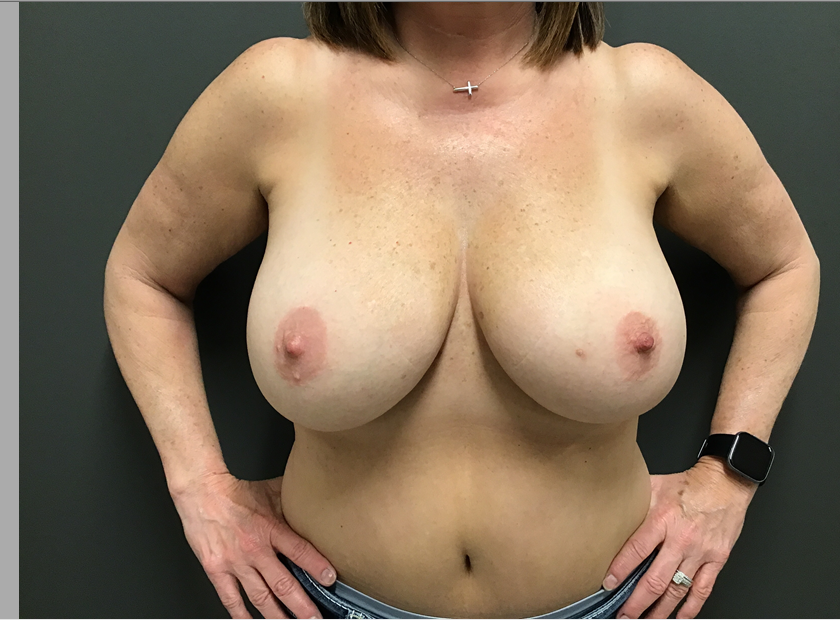
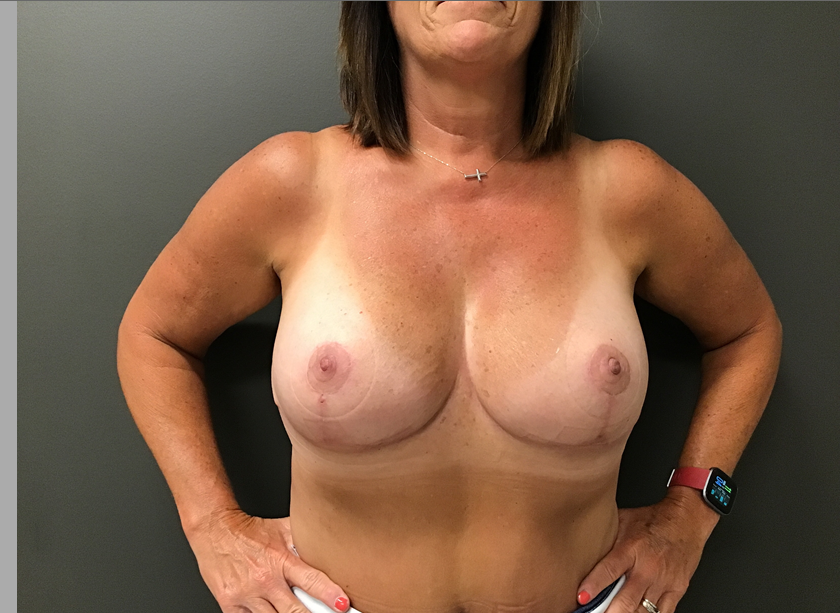
For more information about breast reduction or to see if you’re a good candidate for this procedure, schedule a consultation with Dr. Samuels at 502-897-9411.
Our practice serves Louisville, KY and the surrounding areas.